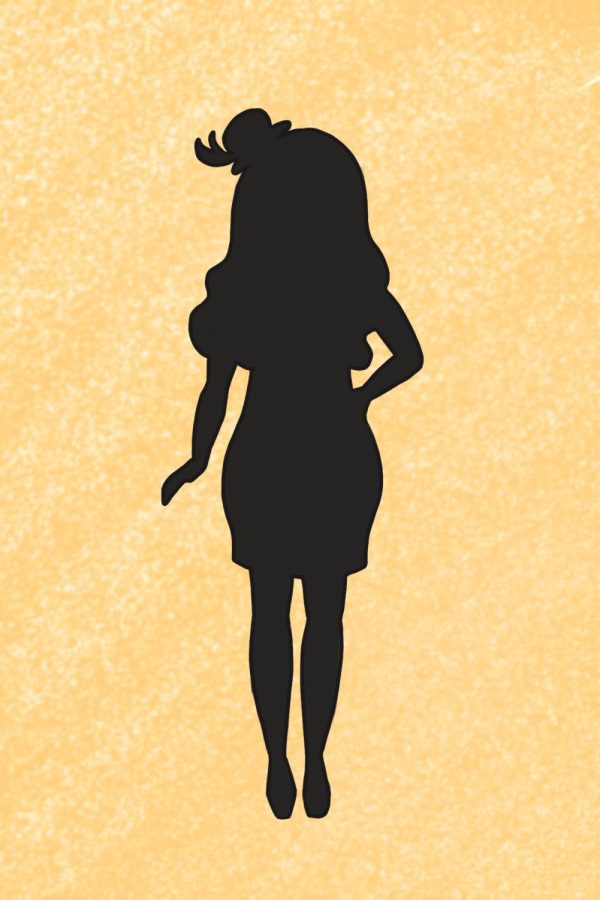Barbie’s Renaissance isn’t all vivacious and hot pink
The Barbie renaissance is the pop culture rage of this year. The rise of Barbiecore, a fashion trend centering around hot pinks and fuchsias, has revitalized a nostalgia that centers on hyper feminism. Though the rise of Barbiecore has roots in the fall/winter 2022 Paris fashion week (namely the Valentino show) and the fashion found in Greta Gerwig’s summer 2023 Barbie movie, Barbiecore seems to be a distant offshoot of the problematic Barbie franchise. Fashion consumers are in love with the fluidity found in the 2022 Barbie-Esque aesthetic, but should not be fooled into believing that the foundation of the Barbie brand and Mattel toy company is anything other than performative diversity tactics that ensure their continued monetary success under our woke cultural climate.
It seems that the brand’s image is flourishing off of this stylistic Barbiecore movement and the anticipation of Gerwig’s Barbie movie, set to release in July 2023, but not so much from any of the internal changes made to the Barbie dolls themselves. In 2016, Mattel made one of the biggest changes in Barbie’s 57 years of history — the inclusion of additional body types. These body types include curvy, petite, tall and then one labeled original. The word “original” hits you right in the face, suggesting the beauty norm will continue to be the skinny blonde ideal. This is apparent when you take a look at the curvy Barbie doll. This one doll is supposed to be representative of an entire population of individuals who may identify with the term “curvy,” yet it leaves many of us unrepresented and only slightly deviates from the original doll, sporting a more palatable representation of fatter body types.
Given the standards we are seeing with Mattel’s Barbie brand, Greta Gerwig’s Barbie movie has much to contend with, especially with how it will approach representation around body types and minority identities. Gerwig has produced many feminist films that serve as a commentary on the patriarchy, such as “Lady Bird” and “Little Women,” but these films center around the white feminist narrative and don’t really create much room for intersectional feminism. Gerwig’s Barbie movie might just be yet another playing ground for white feminists.
Her approach to questioning our society’s unrealistic beauty standards by showing how a blonde-haired blue-eyed skinny Barbie is cast out of Barbieland for not being “perfect” is valid, but this approach to activism feels pretty peripheral and overdone. It tries to homogenize every woman’s distinct experiences with the patriarchy with that of a white woman. Iconic fashion prospects aside, so far the Barbie movie doesn’t seem far from Mattel’s vintage approach to feminism within an outdated Barbie world.
Marginalized representation in Mattel primarily exists within the Barbies that are made after select celebrities. There’s Black transgender representation through Laverne Cox’s Barbie doll, South Asian representation through entrepreneur Deepica Mutyala’s Barbie doll and Black Muslim representation through Ibtihaj Muhammad’s Barbie. While the creation of these Barbie dolls is huge feat, they are only made possible through the tremendous success that these minority individuals had to achieve before they were included in the Barbie world. The Barbie brand upholds a model minority status through this model they continue to follow in showcasing representation.
If we really want to pinpoint the type of impact the Barbie brand is making, we have to look at the average everyday consumer and their marketplace. After all, Barbie dolls at their origin are a product marketed primarily to younger girls. Even if Mattel claims to have changed its beauty standards, is the everyday consumer able to engage with this proposed inclusivity? Most in-person stores still predominantly carry the original Barbie. We will maybe see some Barbies of color or Wheelchair Barbie, but even then they are only found in the original body type. The “diverse” representation found in select Barbie dolls still remains to be exclusive and not readily marketed to the buying population.

Hello! I am a junior English and Business major with a minor in creative writing. As an opinions columnist, I’m passionate about exploring anthropological...

Hi guys! My name is Lily Zeng, and I am a sophomore from Memphis, TN majoring in Urban Studies with an interest in a Spanish major or minor. My favorite...










